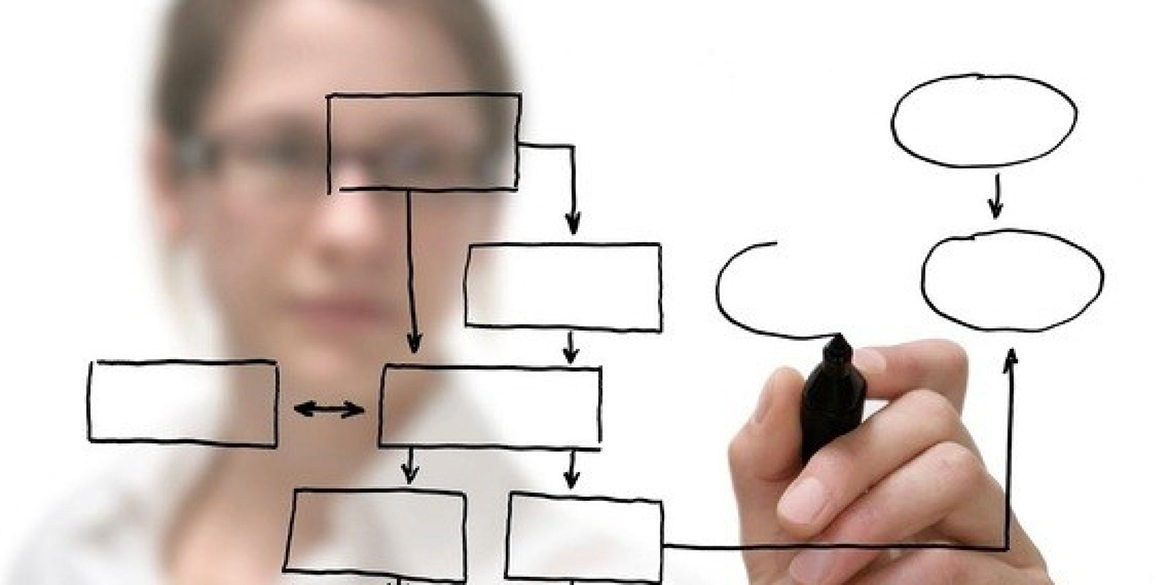267.Web Site Design and Development Process

Web Site Design and Development Process .
There are many steps in the website design and development process. From the gathering of startup information, to the creation of your website, and finally to keeping your website up to date and up to date.
The process will vary from designer to designer, but the basic information is the same.
- Data collection
- Planning
- Design
- Development
- Testing and Delivery
Phase One: Information Gathering .
The first step in designing a website is collecting information. The appearance and the feel of your site should be considered very carefully.
This first step is actually the most important step as it has a solid understanding of the company that you are creating. It's your understanding - what your business goals and dreams are, and how the web can be used to reach those goals.
Some things to consider:
Target
What is the purpose of your site? If you want to give information, introduce a service, sell a product ...?
Goals
What do you want to do by installing this website? Two of the more common goals are making money or sharing information.
Target Group
Is there a specific group that will help you reach your goals? A great place to stay. Consider your age, gender, or interests - this will help you determine the best design style for your site.
Content
What information will you get on your site? Does certain information require a specific product or service, online order ...?
Phase Two: Planning .
Using the first stage information, it's time to prepare a plan for your website. This is where the site map is developed.
A site map is a list of all main subject areas of the site, as well as sub-topics (if any). This is a guide that will help you understand what's happening on the site. When designing your site, you should keep the end user of the website in mind. These are people who will have information about your service or who will buy your product. A good user interface forms the foundation and builds a website that is easy to navigate.
Phase Third: Design .
Now that you've got the information you've got up to this point, it's time to understand the look and feel of your site.
The target audience is one of the key factors to consider. For example, a site targeting young people will look very different from what is said for a financial institution. As part of the design phase, it is also important to include elements such as company logos or colors in your website to strengthen your company's identity.
The web designer designs one or more prototypes for your website. This is usually a .jpg image that shows what the final design will look like.
In both cases, the designer should allow you to see through the stages of design and development. The most important reason for this is that you have the opportunity to express your likes and dislikes in site design.
In this phase, communication between the two is important to ensure that the final website fits into your needs and taste. It is important to work closely with your designers and exchange ideas until the final design of your website is reached.
Then development can begin ...
Phase Four: Development .
The developmental stage is the point where the web site itself is created. At this time, your web designer will take all of the individual graphic elements from the prototype and use them to create the actual, functional site.
This is typically done by first developing the home page, followed by a “shell” for the interior pages. The shell serves as a template for the content pages of your site, as it contains the main navigational structure for the web site. Once the shell has been created, your designer will take your content and distribute it throughout the site, in the appropriate areas.
This entire time, your designer should continue to make your in-progress web site available to you for viewing, so that you can suggest any additional changes or corrections you would like to have done.
Phase Five: Testing and Delivery .
At this point, your web designer will attend to the final details and test your web site. They will test things such as the complete functionality of forms or other scripts, as well last testing for last minute compatibility issues (viewing differences between different web browsers), ensuring that your web site is optimized to be viewed properly in the most recent browser versions.
A good web designer is one who is well versed in current standards for web site design and development. The basic technologies currently used are HTML and CSS. As part of testing, your designer should check to be sure that all of the code written for your web site validates. Valid code means that your site meets the current web development standards – this is helpful when checking for issues such as cross-browser compatibility as mentioned above.
Once you give your web designer final approval, it is time to deliver the site. An FTP (File Transfer Protocol) program is used to upload the web site files to your server. Once these accounts have been setup, and your web site uploaded to the server, the site should be put through one last run-through. This is just precautionary, to confirm that all files have been uploaded correctly, and that the site continues to be fully functional.
This marks the official launch of your site, as it is now viewable to the public.


